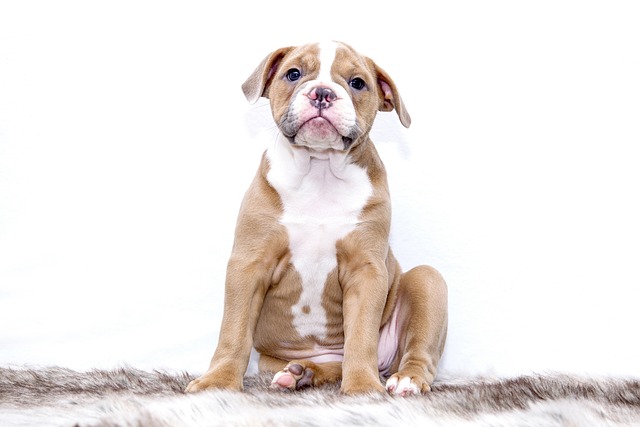
How do i train my dog to be obedient?
Watching your dog dart across the park ignoring your calls isn’t just frustrating—it can put them at risk near busy streets or public spaces.
If you’ve tried to teach your dog “sit” on a 90°F afternoon, only to have them pant and walk away, you’re not alone. Hot weather saps a dog’s focus—just like how you’d struggle to concentrate in a stuffy room. But with a few tweaks, you can turn those sweaty training sessions into successful ones. Let’s break down how.
Dogs regulate their body temperature by panting, which uses energy—so their brains have less bandwidth for learning. A trainer in Florida explained, “In heat, a dog’s attention span drops by half. What works at 70°F needs adjustment at 85°F.” This means shorter sessions (5-10 minutes) and cooler timing. Early mornings (before 8 a.m.) or evenings (after 7 p.m.) are best, when the sun is low and pavement is cool. If you can’t avoid midday, set up in the shade—under a tree or a patio umbrella. A friend in Arizona uses a misting fan during her Golden Retriever’s training: “He pants less, and he actually looks at me now instead of the sprinkler.”
Start with the basics: Lure your dog into a sit with a treat (hold it above their nose, then move it back). When their bottom touches the ground, say “Sit,” praise them, and give the treat immediately. In heat, use high-value rewards—freeze-dried chicken or a lick of peanut butter—to keep their focus. Skip hard treats that take time to chew; you want them ready for the next repetition fast.
If they resist, don’t push. Let them take a break, offer water, then try again. Yelling or gently pushing their bottom down will only make them associate “sit” with discomfort, which goes against America’s focus on positive reinforcement. Instead, end sessions on a good note—even one successful “sit” deserves celebration.

For apartment living: Train indoors where it’s air-conditioned (75°F is ideal). Use a non-slip mat so their paws don’t slide, making sitting easier. Practice before meals, when they’re hungry and motivated. A 6-month-old Beagle in Texas learned “sit” in a week by doing it 3 times before breakfast—no heat stress, just consistency.
Culturally, training in public spaces means following etiquette. If you’re practicing in a park, keep your dog on a leash (required in most U.S. parks) and clean up any treats they drop. Never let them “practice” sitting in front of someone’s picnic—respect personal space. And always carry water; a dehydrated dog can’t learn.
Compliance checks: Even during training, keep their rabies vaccine current—required by law in all states. If your session takes you past a neighbor’s yard, remember: Poop bags are a must, even in heat. Cities like Atlanta fine up to $50 for forgetting, and responsible training includes being a good community member.
In short, hot-weather training is about timing, shade, and small wins. Adapt to the heat, keep it positive, and your dog will be sitting pretty in no time.

Watching your dog dart across the park ignoring your calls isn’t just frustrating—it can put them at risk near busy streets or public spaces.

New puppy owners often find themselves rushing to clean up accidents before they set in, and that’s where puppy pad training becomes a game-changer.

If you've noticed your dog's waistline disappearing and your veterinarian has mentioned those few extra pounds, your first instinct might be to simply reduce the amount of food in their bowl.

Training a dog to use a designated spot indoors isn’t as daunting as many new owners fear, but it does take consistency and an understanding of your pet’s needs.

That moment of dread on a walk is all too familiar for many new dog owners. You see another dog approaching down the sidewalk of your neighborhood

If the sight of another dog on your neighborhood walk makes your heart sink as your own dog erupts into a frenzy of barking and lunging, you're not alone.